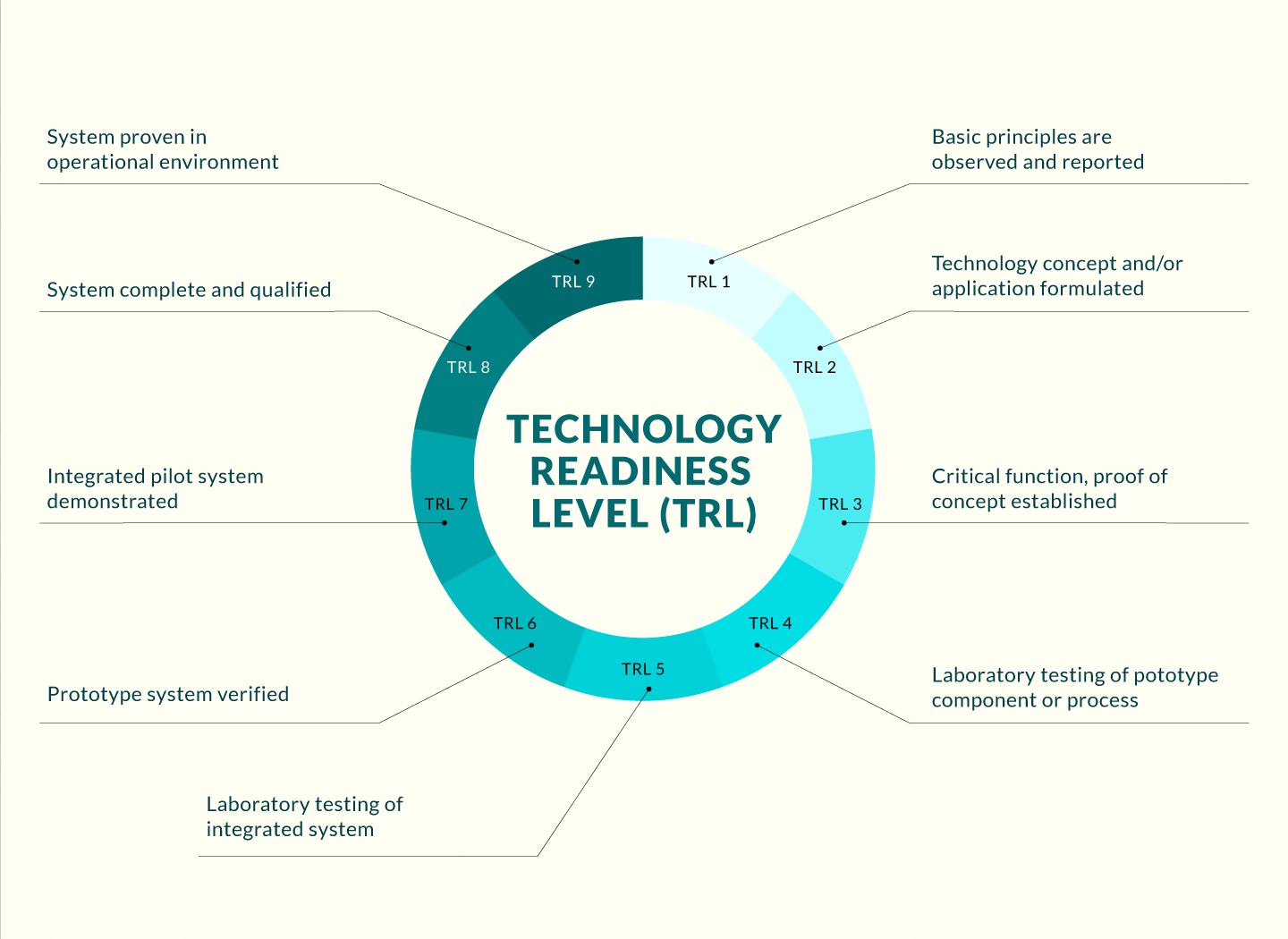
Opportunity
2D face presentation attacks have caused pressing security issues to facial authentication systems. Most existing FAS models suffer from the overfitting problem. Recently, many models have been devoted to capturing auxiliary information (e.g., depth and infrared maps) to achieve a more robust face liveness detection performance. However, these methods require expensive sensors and cost extra hardware to capture the specific modality information. To tackle these problems, this invention devises a novel and cost-effective FAS system based on the acoustic modality, named Echo-FAS, which employs the crafted acoustic signal as the probe to perform face liveness detection. This invention first proposes to build a large-scale, high-diversity, and acoustic-based FAS database, Echo-Spoof. Then, based upon Echo-Spoof, this invention proposes designing a novel two-branch framework that combines the global and local frequency clues of input signals to distinguish inputs, live vs. spoofing faces accurately.
Technology
This invention presented a novel acoustic-based framework to tackle the face anti-spoofing problem. A large-scale, high-diversity, and acoustic-based face anti-spoofing database, Echo-Spoof is firstly collected. Based upon this database, we devised a tow-branch Echo-FAS architecture to synchronously capture global and local frequency clues from input acoustic signals. The invented acoustic-based FAS system can be handily allied with RGB-based FAS methods to conduct a more secure and robust face anti-spoofing. Acoustic data can effectively reflect much depth information about input faces, largely ignored in the RGB modality.
Advantages
- This invention only requires one front speaker and microphone as the data collection sensors.
- Echo-FAS is cost-effective and can be readily deployed on commodity mobile devices in a plug-and-play fashion.
- Compared with the RGB data that adversarial attack techniques can quickly attack, the designed acoustic signal is emitted by the system itself. Therefore, it is more secure and much more difficult to attack or manipulate even by expert attackers.
Applications
- This invention can be a commercial software product with the minor revision when it is applied to the face anti-spoofing.







